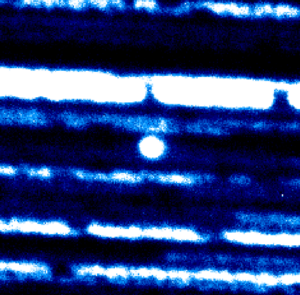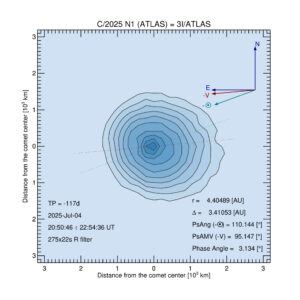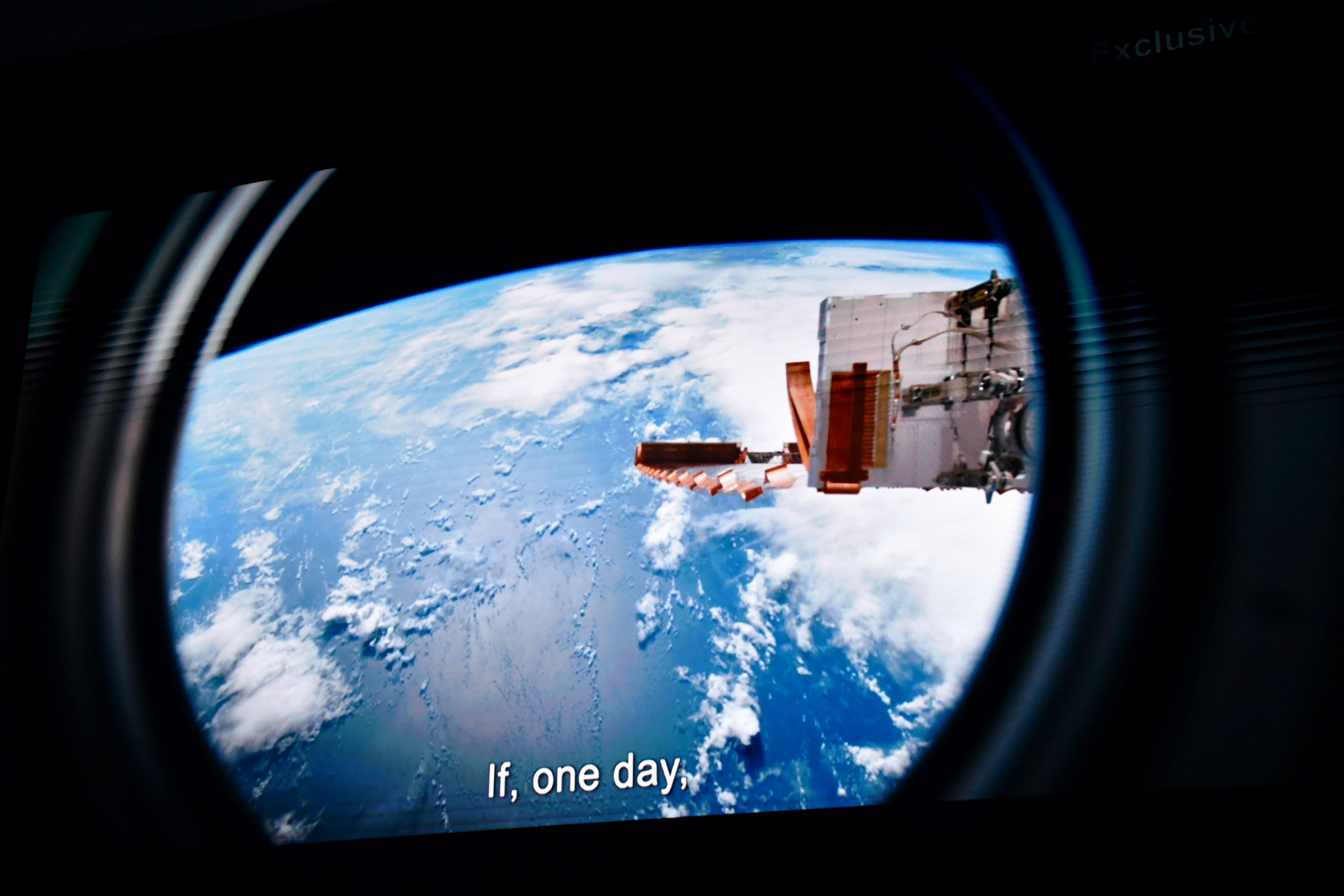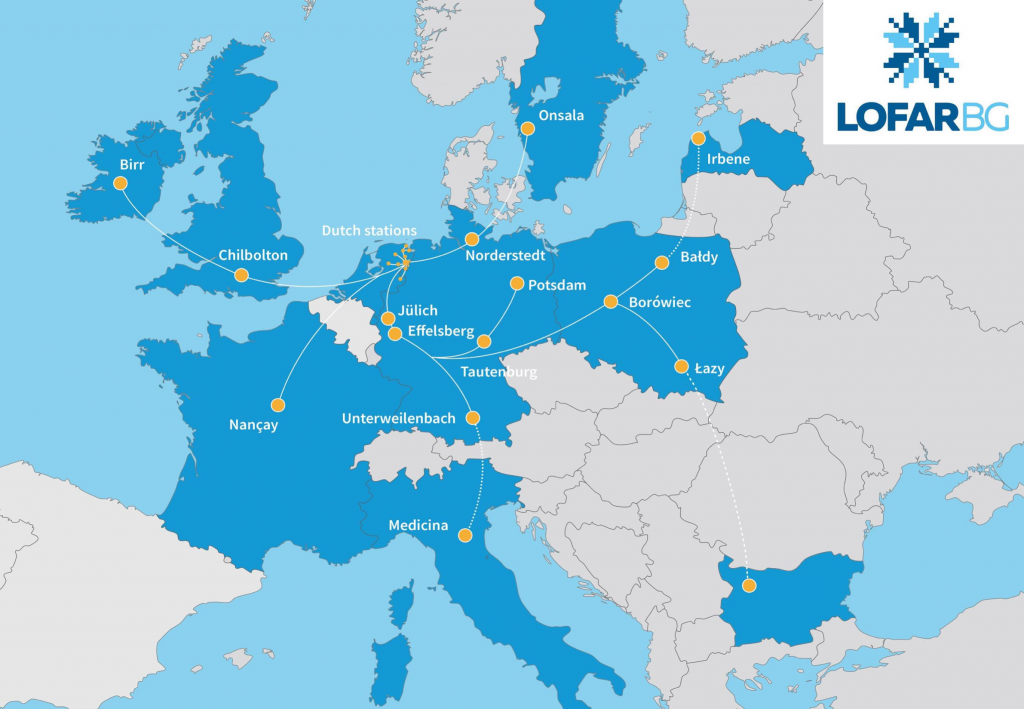
Text Figure 1:
Composite image of 275 shots in filter R, each 22 s. The white stripes represent background stars, which merge into so-called star treks when the images are combined, and the comet is the white “blob” in the center of the image.
The mysterious interstellar visitor is the third to carry unique information about the composition of matter outside the solar system
On 1 July 2025, the ATLAS survey detected comet C/2025 N1 (ATLAS). The very first measurements of its orbit showed that it was the third interstellar object discovered since 2017 (after C/2017 U1 (PANSTARRS) and C/2019 Q4 (Borisov)). Very soon, astronomers around the world started observing the newly discovered object 3I/ATLAS, which, like the first two, carried unique information about the composition of matter outside the Solar System as well as the processes involved in the formation of small bodies in a star system different from our own. This has attracted the interest of researchers in various fields of astronomy, from celestial mechanics and the evolution of star systems to exoplanets, physics and the chemistry of space.
The Rozhen National Astronomical Observatory was making the first 3I/ATLAS observations on the night of July 4 whereas two of the observatory’s telescopes – the newest 1.5 m ASA AZ1500 telescope and the oldest – the 50/70 cm Schmidt telescope included in the campaign. Between 20:50:46 UT and 22:54:36 UT, 275 images were acquired in filter R with the 1.5 m ASA AZ1500 telescope, and 60 with the 50/70 cm Schmidt telescope. The astronomers from the Institute of Astronomy with NAO – BAS Sen. Asst. Prof. Milen Minev, Andon Kostov and Sen. Asst. Prof. Asen Mutafov. The observing campaign for this comet continues.
The composite image from the 1.5 m telescope, which can be seen in Figure 1, shows clear cometary activity.
For more information visit the Institute of Astronomy website

Text Figure 2:
Isophotal contour map of the combined image in Figure 1. The nearest star treks, below and above the comet, extend beyond this map.





